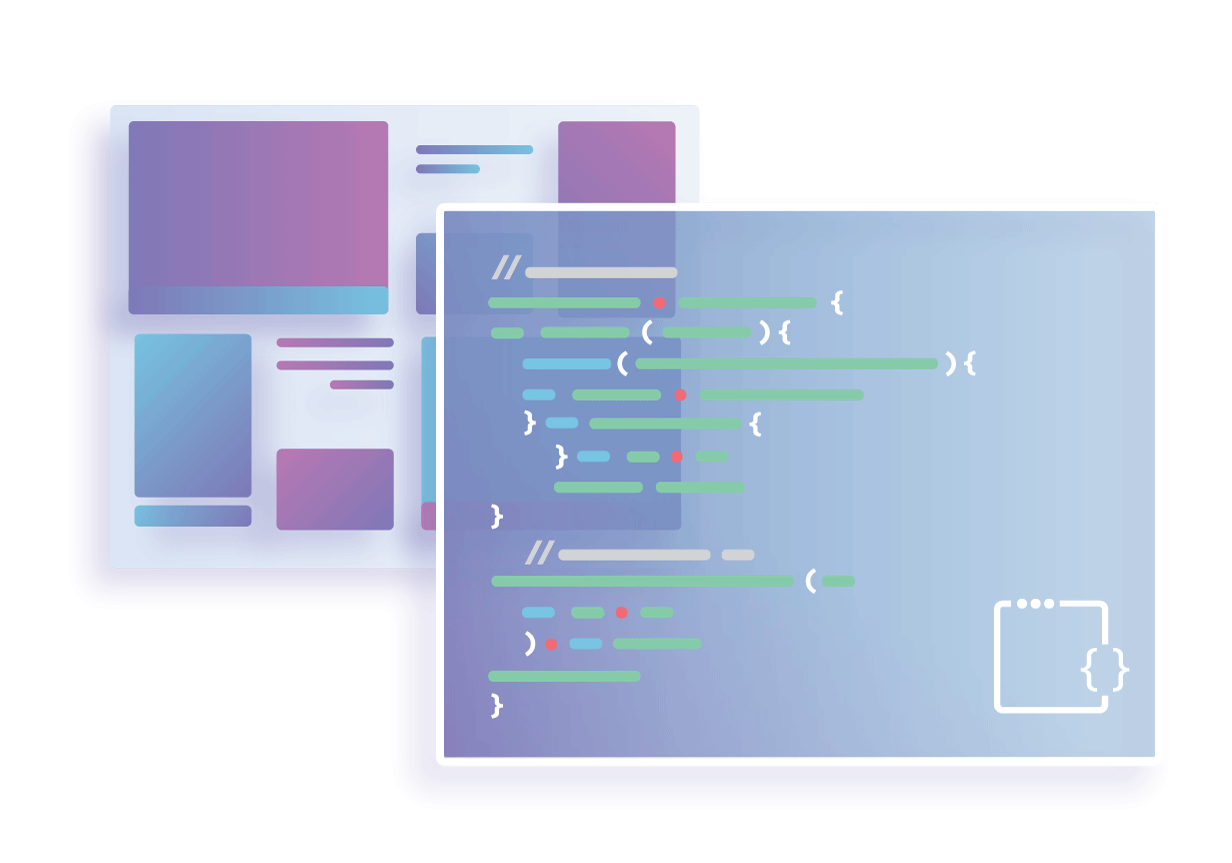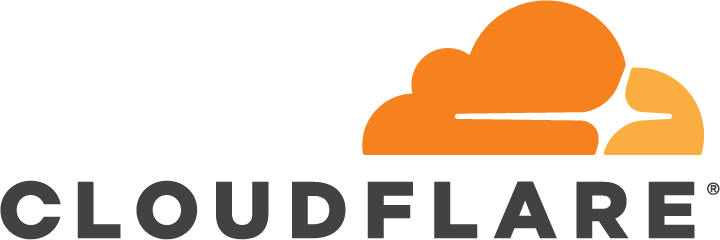Day Two Cloud 003: Building And Automating A Private Cloud Underlay
On today's Day Two Cloud podcast, we discuss how to build a robust infrastructure to support your private cloud, and how to add a layer of automation to the underlay with Digital Rebar, an open-source project. My guest is Rob Hirschfeld.
The post Day Two Cloud 003: Building And Automating A Private Cloud Underlay appeared first on Packet Pushers.
Kemp Takes On F5 Networks With Updates to ADC Software
 The company’s CEO says that it provides performance, features, and price that “F5 simply cannot...
The company’s CEO says that it provides performance, features, and price that “F5 simply cannot...
Join us for 5 serverless events in SF Bay Area this week

Developer Week Bay Area is happening this week and Cloudflare engineers and developer relations team members are delivering several talks around the Bay. Join us in San Francisco and Oakland for the following talks. We’ll hope to see you soon.

WebAssembly on the Server, npm & genomics tools @ Cloudflare
We've partnered with the WebAssembly SF meetup group to curate three talks from Zack Bloom of Cloudflare, Laurie Voss of npm, and Robert Aboukhalil of Invitae.
Event Type: Meetup
Location: Cloudflare HQ, San Francisco, CA
Date: February 20, 2019
View Event Details & Register Here »

Serverless: An Inside Look
Cloudflare engineers are delivering three serverless talks in downtown Oakland: How Workers Work, Security: the Serverless Future, and Building a Serverless World (Map) with IoT and Workers.
Event Type: Meetup
Location: At My Sphere, Oakland, CA
Date: February 21, 2019
View Event Details & Register Here »

Developer Week Bay Area
Cloudflare will be at Developer Week Bay Area. Be sure to check out Single-Process Serverless, Building an Iot World (Map) with Serverless, and Make Your Existing Application Serverless talks.
Event Type: Conference
Location: Oakland Convention Center, Oakland, CA
Date: February 20-24, 2019
Episode 45 – Understanding The Implications Of 5g
After years of lofty promises concerning the next generation of cellular technology, Network Collective sits down with Hayim Porat and Andreas Hegers from ECI to break down the hype and understand the true implications of 5g networks.
 We would like to thank VIAVI Solutions for sponsoring this episode of Network Collective. VIAVI Solutions is an application and network management industry leader focusing on end-user experience by providing products that optimize performance and speed problem resolution. Helping to ensure delivery of critical applications for businesses worldwide, Viavi offers an integrated line of precision-engineered software and hardware systems for effective network monitoring and analysis. Learn more at www.viavisolutions.com/networkcollective.
We would like to thank VIAVI Solutions for sponsoring this episode of Network Collective. VIAVI Solutions is an application and network management industry leader focusing on end-user experience by providing products that optimize performance and speed problem resolution. Helping to ensure delivery of critical applications for businesses worldwide, Viavi offers an integrated line of precision-engineered software and hardware systems for effective network monitoring and analysis. Learn more at www.viavisolutions.com/networkcollective.
 We would also like to think PathSolutions for sponsoring this episode of Network Collective. PathSolutions TotalView is designed to automatically dig deep into network devices to learn what they know about your network’s performance. This means your network is no longer full of mysteries because you know everything your network knows. Try TotalView on your network, and it will show you 5 things about your network that you didn’t previously know. You can find out more about PathSolutions at https://www.pathsolutions.com/
We would also like to think PathSolutions for sponsoring this episode of Network Collective. PathSolutions TotalView is designed to automatically dig deep into network devices to learn what they know about your network’s performance. This means your network is no longer full of mysteries because you know everything your network knows. Try TotalView on your network, and it will show you 5 things about your network that you didn’t previously know. You can find out more about PathSolutions at https://www.pathsolutions.com/
Outro Music:
Danger Storm Kevin MacLeod (incompetech. Continue reading
Stop the Bots: Practical Lessons in Machine Learning

Bot-powered credential stuffing is a scourge on the modern Internet. These attacks attempt to log into and take over a user’s account by assaulting password forms with a barrage of dictionary words and previously stolen account credentials, with the aim of performing fraudulent transactions, stealing sensitive data, and compromising personal information.
At Cloudflare we’ve built a suite of technologies to combat bots, many of them grounded in Machine Learning. ML is a hot topic these days, but the literature tends to focus on improving the core technology — and not how these learning machines are incorporated into real-world organizations.
Given how much experience we have with ML (which we employ for many security and performance products, in addition to bot management), we wanted to share some lessons learned with regard to how this technology manifests in actual products.

There tend to be three stages every company goes through in the life cycle of infusing machine learning into their DNA. They are:
- Business Intelligence
- Standalone Machine Learning
- Machine Learning Productization
These concepts are a little abstract — so let’s walk through how they might apply to a tangible field we all know and love: dental insurance.
Business Intelligence
Many companies already Continue reading
Next Generation Global Connectivity
Technologies like SDWAN have fundamentally changed the way we think about WAN infrastructures for enterprise IT environments over the past few years. Global WAN offerings are no longer a necessity as pretty much ‘any’ connectivity will do. You are no longer bound to private (MPLS-based) connections/networks. Software and smarter routing mechanisms will fix all your […]Worth Reading: MPLS and ExaBGP
Jon Langemak is on a writing spree: after completing his MPLS-on-Junos series he started a deep dive into ExaBGP. Well worth reading if you’re enjoying detailed technical blog posts.
Juniper Trace Options
Trace options are similar to running a debug in other vendors. Enable Tracing When tracing is enabled the results are stored in a trace file in the /var/log/ directory or sent to a remote syslog server. Remote logging is configured under the system > tracing ...continue reading



